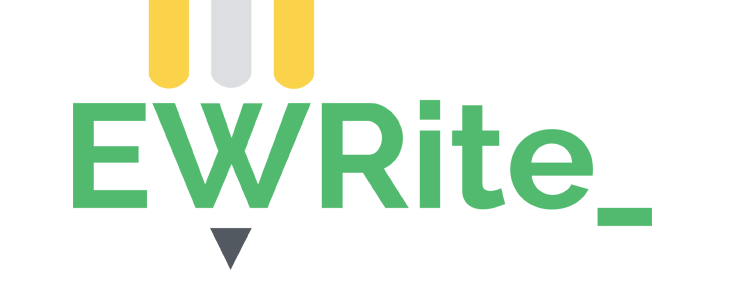3. Gathering information for your essay
Art analysis involves considering the various components of artwork and explaining their relationships. These components usually include elements of the art observed through formal analysis. The process of formal analysis begins with carefully observing the artwork and taking notes. This information will become the evidence used in your essay. These are some of these elements of the art which can be examined closely in this process:
· Composition (the arrangement of parts within the artwork)
· Color: hue, intensity, value, warm / cool, primary / secondary, complementary
· Line: straight, curved, angular, flowing, horizontal, vertical, diagonal, contour, thick / thin
- Shape: Organic / geometric
- Contrast
- Technique
· Balance: symmetry / asymmetry
· Scale and proportion
· Texture and materials
In addition to what you observe about the art, you will likely be asked to include information and ideas from other sources to discuss the style, history, culture, theories, or other context of the artwork. This can include:
· Information from books or online sources which discuss the artwork in detail
· Information about the historical period, culture, and societies related to the art
· Theories and ideas from your lecture notes
· Theories and ideas from academic journals and books
Take careful and detailed notes as this information will
be used as the evidence in your paper. Remember that all information and
ideas from other sources must be cited and referenced in your essay, so be
sure to make note of the source and page number for the information
you will use.
About this website
EWRite is an open access online literacy platform for PolyU community that has two major objectives:
- to support PolyU students’ literacy development within and across the disciplines
- to support subject and language teachers to implement system-level measures for integrating literacy-sensitive pedagogies across the university
This platform provides access to generic genre guides representing typical university assignments as well as links to subjects offered by faculties with specific disciplinary genres and relevant support materials.
The materials can be retrieved by students by choosing the genres that interest them on the landing page. Each set of materials includes a genre guide, genre video, and a genre checklist. The genre guide and video are to summarize the genres in two different ways (i.e. textual and dynamic) to fit different learning styles. The genre checklist is for students to self-regulate their writing process. The genre guide and checklist include links to various ELC resources that can provide further explanation to language items (e.g. hedging and academic vocabulary).
The platform also acts as a one-stop-shop for writing resources for students, language teachers and subject leaders. Information about the English Writing Requirement policy can also be found on this platform. There are training materials for new colleagues joining the EWR Liaison Team.


